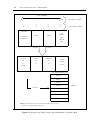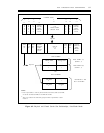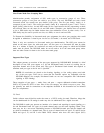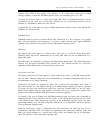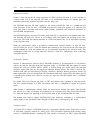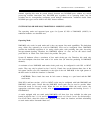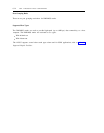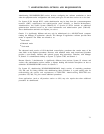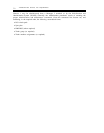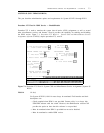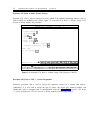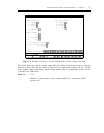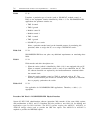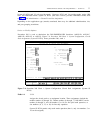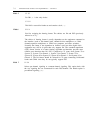
7. ADMINISTRATION OPTIONS AND REQUIREMENTS
Administering DS1/DMI/ISDN-PRI services involves configuring the software translations to know
what the equipment-carrier configuration and circuit pack types are and what services are to be done.
For System 85 R1 through R2V3, switch administration may be done from the system-management
terminal (SMT), maintenance and administration panel (MAAP), or Remote Maintenance,
Administration, and Traffic System (RMATS)-II. A System 85 R2V4 includes an additional
administration terminal known as the visual maintenance and administration panel (VMAAP).
These administration terminals use flipchart procedures.
Generic 2 is significantly different and may only be administered via a MS-DOS
®
based computer
running the Manager II applications software. The Manager II applications software provides three
modes of operation. The modes are referred to as:
●
●
●
Basic mode
Enhanced mode
Task mode
The enhanced mode consists of fill-in-the-blank screen-display procedures that contain many of the
same fields as the flipchart procedures. However, with enhanced mode, each screen-based procedure
provides a user-friendly interface with optional pop-up help instructions. Therefore, with Manager
II, Generic 2 is administered similarly to System 75, System 75XE, and Generic 1.
Because Generic 2 administration is significantly different from previous System 85 releases and
versions, this administration section contains a separate heading that includes descriptions on how to
administer DS1/DMI/ISDN-PRI services for Generic 2.
For System 85, administering DS1/DMI-BOS/DMI-MOS simply consists of translating procedures
250, 260, and 116. Being familiar with administering these procedures is a good starting point for
understanding the options and requirements of ISDN-PRI. Administrating ISDN-PRI uses
procedures 250, 260, 116, plus several additional procedures.
Some applications (such as off-premises station or OPS) may also require that other additional
procedures be administered.
7-1




